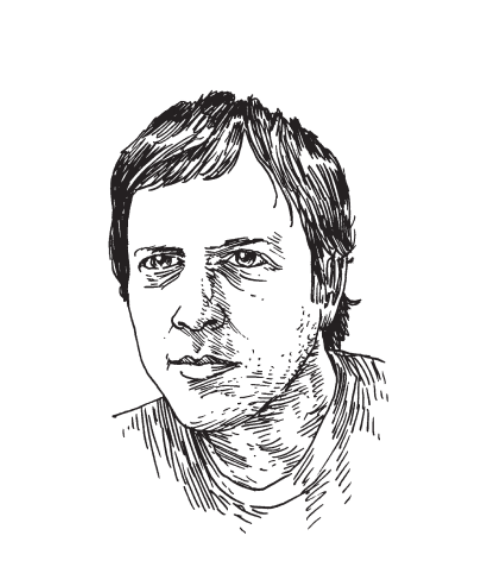Over the past decade, Todd Haynes and I kept almost meeting, introductions recurrently planned by mutual friends, notably the novelist Jon Raymond. I heard about I’m Not There—“Todd’s Dylan film”—from Jon perhaps five or six years ago, and the concept sounded at once irresistible and unimaginable. Famously (or notoriously) fragmenting Bob Dylan across seven characters and six actors, I’m Not There arrived last fall as not only the slyest and smartest movie of 2007 but also the most touching, even soul-stirring. As another friend who saw the film during the opening Thanksgiving weekend in New York proposed, “I’m Not There reminds you why we all wanted to be artists in the first place.”
From the outset—Superstar: The Karen Carpenter Story (1987)—Haynes’s films mixed formal brilliance and sensory intensity, ultimate mystery and everyday candor. His early feature Poison (1991) projected one of his cinematic grids: collaged, male, tilted toward music or literature, and perhaps most spectacularly realized in Velvet Goldmine (1998). Safe (1995) and Far from Heaven (2002) devised another Haynes template: the female melodrama. I’m Not There audaciously crisscrosses—concentrates, and then extends—his prior filmmaking styles.
Todd and I started the interview at the bar of the Hotel Gansevoort, continued talking the following week in the garden of an Italian restaurant across the street, and finished up a few days later by phone.
—Robert Polito
I.“OF COURSE IT COMES TO THE OBLIGATORY HETEROSEXUAL CLOSURE.”
ROBERT POLITO: I’m curious about your childhood. I know from listening to your commentary on the DVD for your earlier film Safe that your parents, your grandparents, your sister, they all supported that film in various ways—turning over their house for locations, or showing up as extras. I noticed, too, that your family is among those thanked during the end credits for I’m Not There. I wonder, were they always so supportive?
TODD HAYNES: Yes. They always were. They were always remarkably supportive, almost embarrassingly supportive, isn’t that nice for a problem? And it’s true for my parents, and it is true for my grandmother who is still alive—my mom’s mom—but I’m very close to both of her parents. They were extraordinarily supportive. They were from a different generation than my parents, and I felt almost a deeper identification with their greatest generation’s sensibility. My parents were a little more material driven than my grandparents. Whatever—they were just all wonderful people with a lot of different tendencies and characteristics. My grandfather was a union organizer, worked at Warner Bros. in the ’30s, and he was a head of set construction. He was not...
You have reached your article limit
Sign up for a digital subscription and continue reading all new issues, plus our entire archives, for just $1.50/month.
Already a subscriber? Sign in





